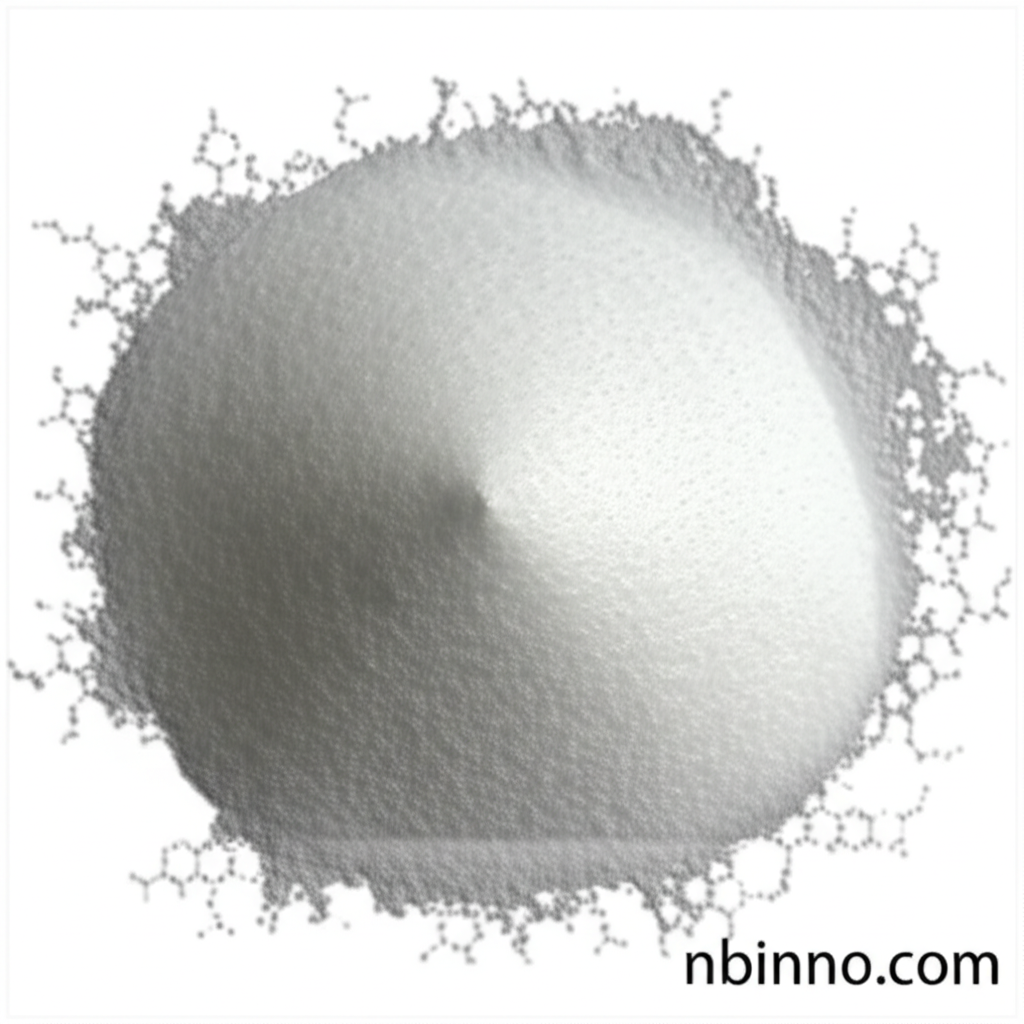Bis-pentafluorophenyl Diglycolic Acid (CAS 158573-58-1): Properties, Applications, and Synthesis Insights
Explore the unique chemical properties and diverse applications of this advanced fluorinated compound.
Get a Quote & SampleProduct Core Value

Bis-pentafluorophenyl Diglycolic Acid
Bis-pentafluorophenyl diglycolic acid, identified by CAS number 158573-58-1 and commonly known as DIG(Pfp)2, is a highly valuable chemical compound. Its structure, characterized by a diglycolic acid backbone with two pentafluorophenyl groups, bestows exceptional properties making it a key player in various advanced chemical applications. With a purity typically exceeding 95%, this compound is instrumental in facilitating complex organic synthesis and driving innovation in material science.
- Facilitating complex organic synthesis: The unique fluorinated structure of Bis-pentafluorophenyl diglycolic acid enhances its reactivity, making it a sought-after reagent for intricate chemical transformations.
- Driving innovation in material science: Its high fluorine content contributes to increased hydrophobicity and thermal stability, properties crucial for the development of advanced materials with superior performance characteristics.
- Key pharmaceutical intermediate: As an important intermediate in the synthesis of pharmaceuticals, this compound aids in enhancing drug efficacy and stability due to its unique fluorinated structure, supporting pharmaceutical development.
- Enabling advanced polymer development: This compound is utilized in the production of advanced polymers, offering improved thermal stability and chemical resistance, ideal for high-performance applications in demanding industries.
Advantages it Brings
Exceptional Chemical Reactivity
Leverage the power of fluorinated groups for intricate organic synthesis and the creation of novel molecular structures. This compound's reactivity is a key asset for 'custom synthesis of fluorinated compounds'.
Enhanced Material Properties
Imbue materials with superior thermal stability and hydrophobicity. These characteristics are vital for 'high-performance material science intermediates', particularly in demanding applications.
Improved Pharmaceutical Efficacy
As a 'specialty chemical for drug delivery', its structure can enhance drug stability and efficacy, playing a crucial role in 'pharmaceutical R&D' and the development of innovative treatments.
Key Applications
Organic Synthesis
As a key building block, it supports complex 'organic synthesis' pathways for researchers and manufacturers in the fine chemical sector.
Material Science & Polymers
Essential for creating advanced polymers and materials requiring high thermal stability and unique surface properties, underscoring its role as an 'advanced polymer chemistry building block'.
Pharmaceutical Development
Serves as a critical 'pharmaceutical intermediate', contributing to the development of more stable and effective drug formulations.
Specialty Chemicals
Its versatility makes it valuable in various 'specialty chemical' applications, including fluorinated surfactants and coatings with excellent hydrophobic properties.
